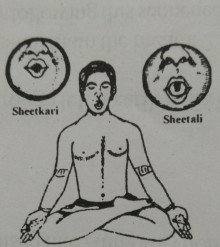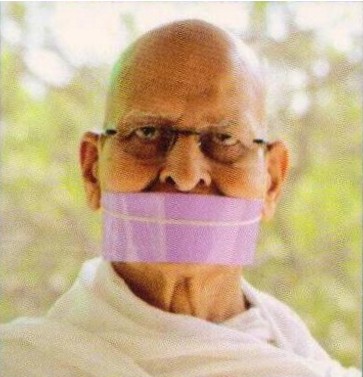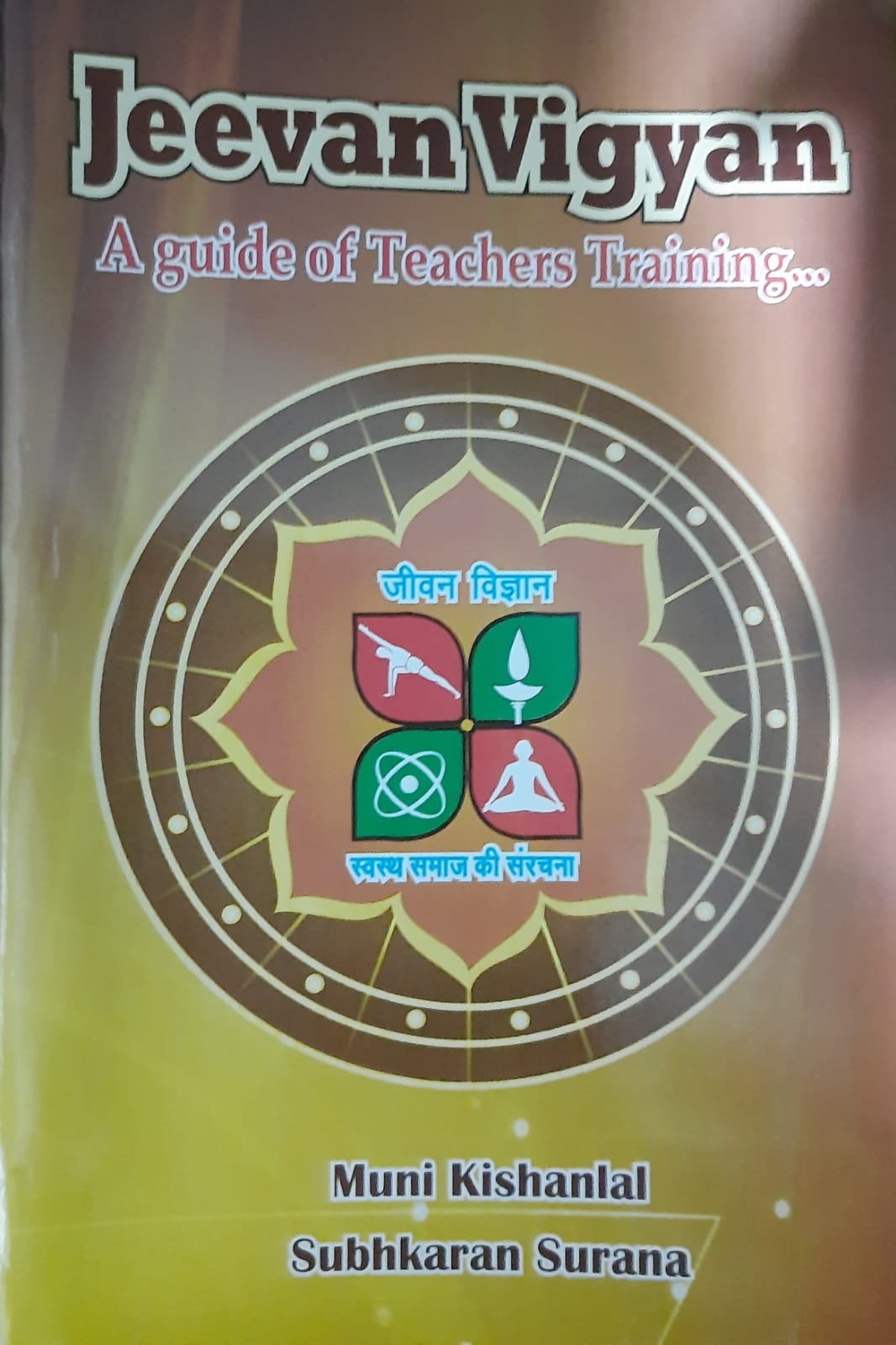Nadishodhan pranayama (The purification of psychic network)
Sit properly in Meditation posture. Nadi shodhan pranayama will also be practised like Anulom-vilom. In that the speed of inhalation and exhalation is fast.
- Begin inhaling through left nostril, exhale through left nostril.(9 times)
- Inhale through right nostril, exhale through right nostril.(9 times)
- Inhale through both the nostrils and exhale through both the nostrils (9 times)
First stage:
- Inhale through right nostril.
- Exhale through left nostril.
- Inhale through left nostril.
- Exhale through right nostril.
Second stage:
- Alter first practise of Anulom-vilom, inhale through the left nostril and retain the breath.
- Exhale through the right nostril and retain.
- Inhale through the right nostril and retain. By following this sequence the second type of Anulom-vilom is attained
Benefits of Nadi shodhan pranayama
- It purifies the blood
- Excess fat around the abdomen is reduced
- Increase awareness
- Practitioner enters in the deeper state of meditation
Sheetali Pranaya (The cooling breathe)
Sit properly in Meditation posture. Extend the tongue and fold it from sides to form a narrow tube and breathe out through mouth.
Benefits
- Eliminates heat
- Cures skin diseases
- Removes thirst.
- It reduces the habit of smoking.
Sheetkari pranayama (the hissing breath)
Fold the tongue back so that the lower surface touches the upper palate. Clench the teeth together and separate the lips as much as possible. Slowly inhale and exhale through the mouth.
Benefits
- The throat deformations are cured.
- Voice becomes melodious.
- Eliminates heat
- Reduces acidity
Ujjayi pranayama
- Sit steady in Sukasan and in Gyan Mudra
- Fold the tongue back and touch to the palate.
- Contract the glottis in the throat.
- Breathe deeply and softly like the gentle snoring of a sleeping baby through throat only.
Benefits
- It slows down the heart beat and is therefore useful for persons with high blood pressure.
- It strengthens the nervous system.
- Mucus (Shleshm) is cured
- It is beneficial in cough and cold.
Retention (Kumbhak)
There are two types of Retention
Internal and external retention and external retention (antaranga and Bahiranga kumbhaka)
To retain the breath within after inhaling is called internal retention
To retain the breath outside after exhaling is called external retention
(The keval kumbhak – in which the inhaling and exhaling position is there but in that the breath is only retained. This is also know as breath control which means that the breath is neither going inside nor is coming outside, it is retained. During the state of meditation many times it is felt that the breath is retained)

 Muni Kishan Lal
Muni Kishan Lal
 Subhkaran Surana
Subhkaran Surana
